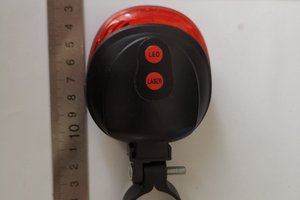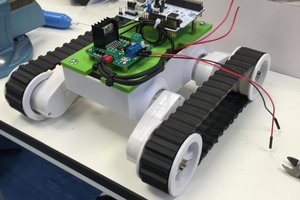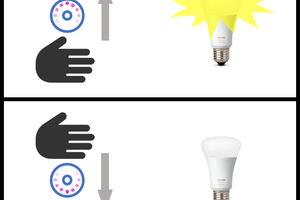Gardening in the modern age means making things more complicated and arduous, with electrons, bits, and bytes. Combining microcontrollers and gardening is a really popular idea. I think that’s because gardens have very simple inputs and outputs that are easy to wrap your head around. I guess people (myself included) see a notoriously simple and relaxed hobby and can’t help but feel compelled to overcomplicate it.
In this project I will show you how to build a simpler version of Indoor garden using Arduino Dev board.
I’m providing a full step-by-step guidance to show you how to make your own beautiful garden, and I'm explaining in details both hardware and software parts in order to turn this guidance the simplest way that leads you to try your own skills in electronic making. This project is so handy to make specially after getting the customized PCB that we’ve ordered from JLCPCB to improve the appearance of our car and also there is enough documents and codes in this guide to allow you create your automatic garden system.
We've made this project in just 7 days only, just three days to finish the hardware making and the assemble, then 4 days to prepare the code and the android app. in order to control the garden through it. Before starting let’s see first
What you will learn from this tutorial :
- Choosing the right components depending on your project functionalities
- Making the circuit to connect all the choosen components
- Assemble all the project parts and start testing
- Using the Android app. to connect through Bluetooth and start manipulating the system
Step 1: What Is an Indoor Garden!
Most plants have simple needs. As guests go, they're relatively undemanding. There are only three basic things you need to understand before you decide to invite a plant home: light, water and air. If you can master these four elements, from a plant's perspective, you can create an indoor garden just about anywhere in the world and during any season of the year.
- Light - Most garden plants need at least six hours of light a day. But it has to be good light. If you put your hand in front of the window and it doesn't cast a shadow, chances are the light isn't adequate for most plants to live a happy life. However, you can always supplement low light conditions with grow lights.If you have modest natural light in your home and don't want to fuss with special lighting, stick to plants that normally need low-light conditions, or try moving your garden to a sunny windowsill.
- Water - Plants need conditions close to those in their native habitats. A plant that calls the desert home will need less frequent watering than a plant that lives in a bog. Knowing what water conditions a plant prefers is a good first step to keeping a successful indoor garden. It's easier than you think because the plants themselves will often give you clues. Plants with thick rubbery leaves are water hoarders and can typically survive with less water than plants with thin, delicate leaves. If you hate to water your plants, choose varieties that can thrive on less, or pick plant-pots with hidden reservoirs to cut down on your watering chores.
- Air - As a byproduct of photosynthesis, plants produce oxygen and filter nasty gasses, like formaldehyde, from your home environment via their leaves. To keep plants healthy, you need to keep their leaves clean and keep the air around them moving and moist. To do this, you can place them in a spot with good air flow or provide them with a small fan.
I will make an Arduino based system to supervise the temperature and humidity status of my plant and automatically provide its necessary needs like light intensity, water, and pure fresh air and in order to do this I need some sensors to control some actuators. For example I will control the light intensity depending on the signals received from the light brightness sensor the same for watering I used a moister sensor to turn on and off a water...
Read more » DIY GUY Chris
DIY GUY Chris



 Ulrich
Ulrich
 Raul Funes
Raul Funes
 mihai.cuciuc
mihai.cuciuc
Hi, I have a few questions about the project:-. What is the correct ratio of resistor, schematic or printed circuit board values?-. How do I turn on leds 3,4,5,and 6?-. What function does the ESP-01 module have and how does it activate its wifi?Finally, could you pass me the complete schematic? I have problems with the lighting and ventilation control, it always stays on.
Thanks for your help.